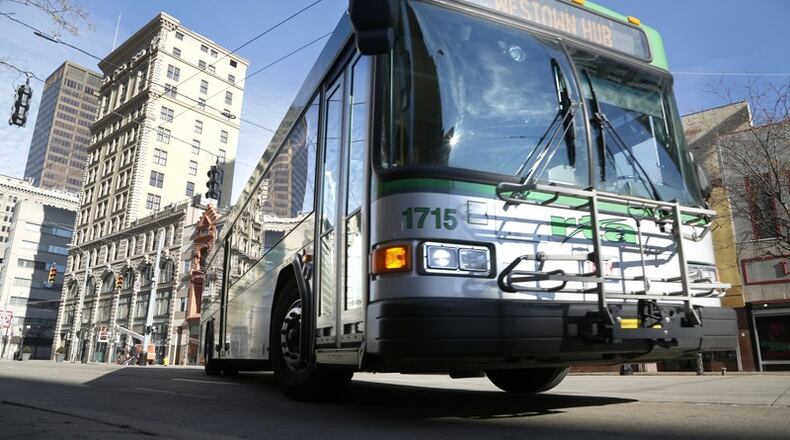RTA passengers are riding the bus to access an essential job, often entry level in retail, logistics or medical fields. Without our services these customers would lose their jobs and regional employers would face shortages of manpower that would be devastating.
Many others rely on our services each day for life-saving medical treatments such as dialysis and have no other options to access this critical care. Access to just about everything associated with upward mobility and economic progress—jobs, quality food, and goods (at reasonable prices), healthcare, and schooling— relies on the ability to get around in an efficient way, and for an affordable price. Communities of color and the poor are hardest hit because cuts take away service from our most needy, making it more difficult for them to get to work and earn a living.
Public transportation users are disproportionately minorities with low to moderate incomes, according to the Civil Rights Project at Harvard University. Just look at these numbers:
· Public transit users are 45 percent white, 31 percent African American, and 18 percent Latino/Hispanic.
· In urban areas, African Americans and Latinos together comprise 54 percent of public transportation users (bus, subway, commuter rail.)
· Twenty-eight percent of public transportation users have incomes of $15,000 or less.
· Fifty-five percent have incomes between $15,000 and $50,000. Only 17 percent have incomes above $50,000.
· Just 7 percent of white households do not own a car, compared with 24 percent of African-American households, 17 percent of Latino households, and 13 percent of Asian-American households.
Examination of state transportation spending priorities reveal another inequity. A body of research suggests that states are spending more resources on transportation needs in non-metropolitan areas than in metropolitan areas.
We are seeing inequities for communities of color, especially in the COVID vaccination process as families lag far behind their counterparts in gaining access. In Ohio more than 76% of persons receiving the vaccine to date are white while minority populations receiving it represent less than 50% of their proportion of the state’s population. We understand that lack of transportation is the most common reason stated for eligible persons being unable to get the vaccine. Our goal is to insure every person has the access they need.
According to the Consumer Federation of America 14% of Black households’ pretax income is spent on transportation, on average. This varies significantly by income. Low-income Black households spend a greater proportion of their pretax income on transportation (30%) compared with high-income Black households (10%). Private vehicles are a large transportation expense. Note that there are racial disparities in the cost of owning a car. African Americans are charged higher markups on auto loans when purchasing vehicles than white buyers, and African American neighborhoods pay higher auto insurance premiums.
During the pandemic, RTA carried two-thirds of its pre-pandemic customers --- a rate nearly twice the national average for 2020 --- by maintaining full service levels partially funded with state aid. Insuring safety required additional spending for cleaning and disinfecting buses and facilities as well as providing PPE for frontline workers who have come to work every day. We cannot accomplish our mission without adequate funding.
This proposal to cut transit aid would have devastating impacts on urban and rural transit systems across Ohio and leave essential workers without a ride. The Legislature should restore funding to, at minimum, the current biennium levels.
Mark Donaghy is the Chief Executive Officer of the Greater Dayton RTA
About the Author



